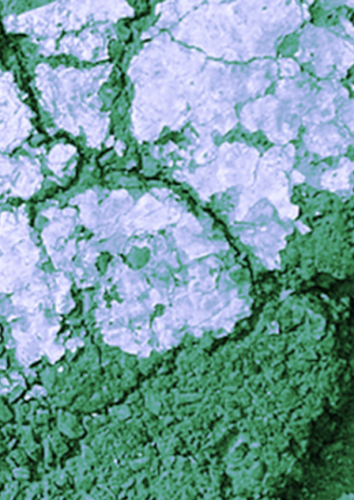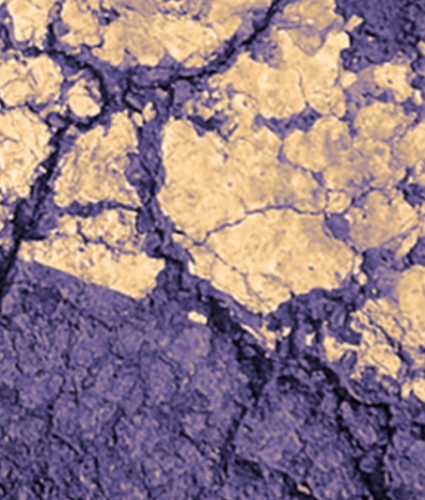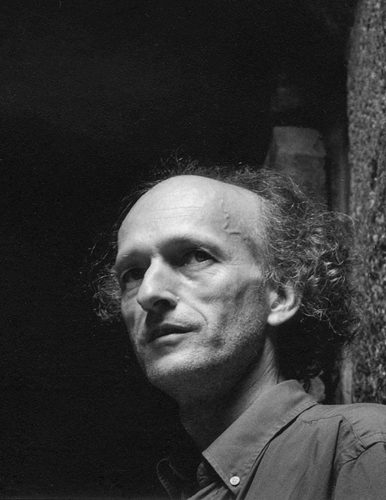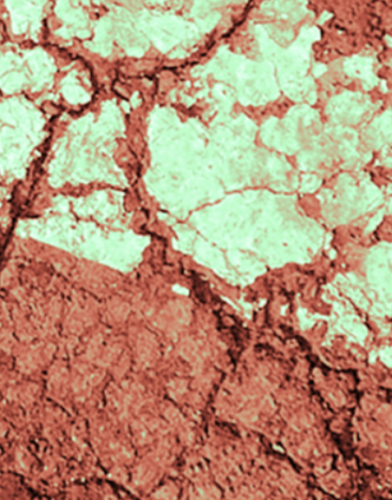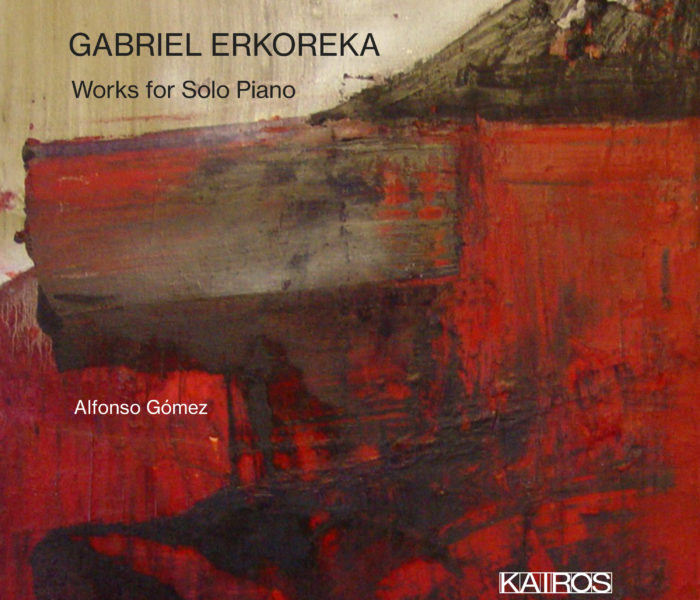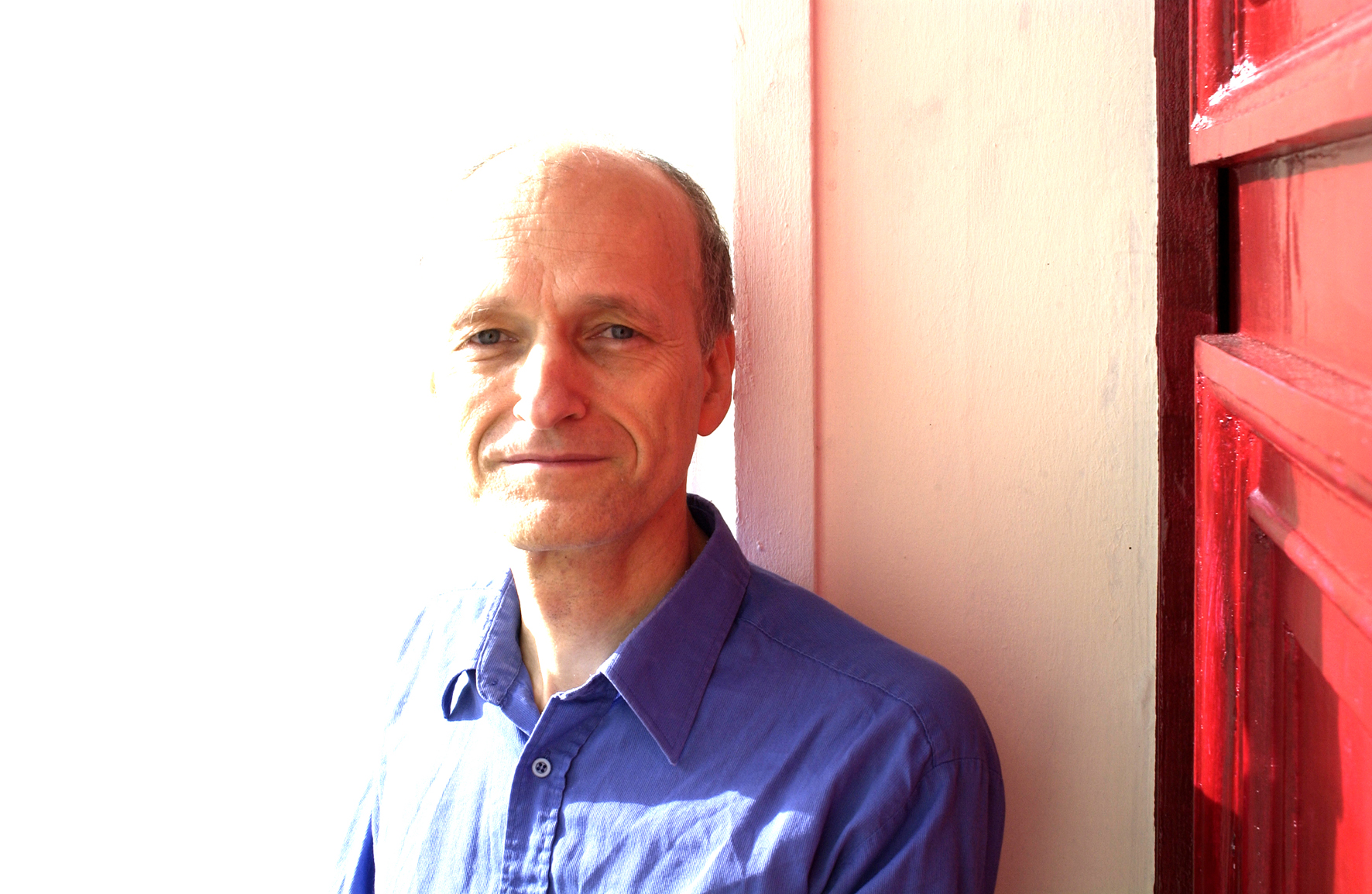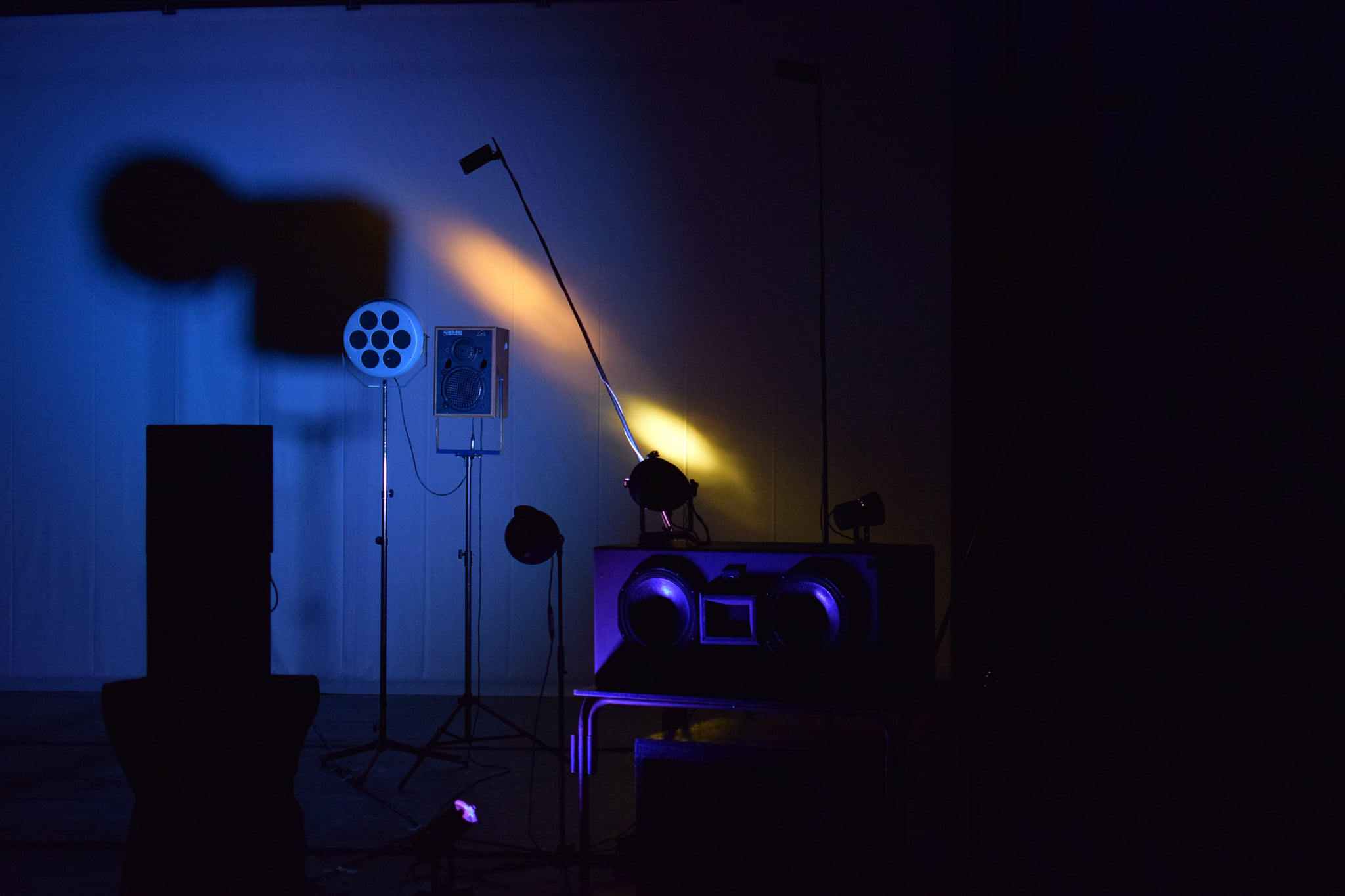Ce premier coffret de seize disques, publié par Maison ONA et le label Kairos, couvrant la carrière de Denis Dufour de 1977 à 2020, est un massif qui ouvre sur un monde sonore fascinant. Ces œuvres, en grande majorité inédites, sont classées de manière non chronologique, mais thématique : « mélodrames », « art radiophonique », « suites », « tombeaux », « acousmalides », « musiques sacrées », « électronica » et « moments musicaux ». Nous les avons parcourues longuement, nous plongeant dans cet univers dense, multiple et immensément riche. Nous faisons part ici de quelques-unes de nos découvertes, les œuvres qui nous ont le plus interpelé.
Denis Dufour offre une belle référence au Théâtre Nô dans Les invasions fantômes (2011, CD 1), dont les traitements électroniques et l’agencement des sons subliment les principes de la musique japonaise, à la fois clairement identifiable et rendue éminemment personnelle. Dans ce « mélodrame », la gestion temporelle des tensions, explosions et détentes, propre à cette musique traditionnelle, ouvrent le coffret de manière spectaculaire. Comme souvent dans les œuvres du compositeur, un texte de Thomas Brando est mis en valeur, fidèle collaborateur de longue date, « L’Attente des nuages » (2009), lu par Gilian Petrovski.
S’il connaît le Japon, l’acousmatique permet également à Denis Dufour de fantasmer un monde, un pays, un espace géographique qu’il n’a jamais exploré. Les Cris de Tatibagan (2017, CD 4 et 5) en sont un parfait exemple, dans lequel Hamish Hossain raconte son enfance en Inde, dans le quartier de Tatibagan, à Kolkata. Le compositeur sélectionne des sons de nombreuses sources pour habiller le récit, bien au-delà des quelques sons que le frère du narrateur a enregistré du quartier sur son téléphone. Les séquences des crieurs de rue, des aboiements des chiens au son du muezzin et des descriptions de trains sont parmi les plus éloquentes.
Retenons aussi Le Lis vert (1983, CD 6). Cette œuvre, classée dans les « suites », est conçue comme une symphonie en quatre mouvements, moderato, lento, scherzo, presto. Elle retient l’attention par la beauté de ses sons et par le travail d’orfèvre de leur mise en forme, révélant l’énergie palpable des matières. Denis Dufour nous a confié que la pièce n’avait pas été appréciée au moment de sa création, du fait d’une matière sonore alors considérée comme pas assez variée : « la variation est à chercher dans l’écriture, pas dans le son. » C’est effectivement la construction abstraite qui est remarquable, la manière dont le compositeur fait naître la diversité à partir de mêmes matériaux, à savoir des sons tirés de petites lames de rasoir enregistrées de très près dans leurs frottements et leurs pizzicatos, comme il nous l’a soufflé. Ces sons se révèlent en soi assez riches pour embrasser tout le spectre, des basses aux aigus. Tout le reste est affaire de structuration, empruntant même à des formes historiques, comme la fugue.
Dédié à Karlheinz Stockhausen, Ebene Sieben (1997, CD 11) fait jouer sur deux plans simultanés deux temporalités radicalement différentes, de longues trames étirées, comme un temps arrêté, sur lesquels des rythmes brefs et incisifs animent un discours plus commensurable. Cette superposition des espaces agit comme une longue méditation, la sensation d’une quête extatique qui touche au sublime. Denis Dufour a pour cette pièce au caractère rituel emprunté des sons à Gesang der Jünglinge (1956) et Hymnen (1967).
Sur le même disque de « tombeaux », Terra Incognita (1998), en hommage à Pierre Schaeffer, fait quant à lui pénétrer dans une jungle de sons à la richesse extraordinaire, dans laquelle on peut identifier par exemple des bruits de vagues, des oiseaux de mer ou des sirènes de bateau, mais bien plus volontiers se laisser porter par une écoute détachée de toute empreinte dans le réel.
L’Apocalypse d’Angers (1980, CD 13), avec la voix de Benjamin Duvshani, surprend tout d’abord par l’audace du jeune compositeur, qui s’attaque à un texte que Pierre Henry a sublimé dans sa célèbre Apocalypse de Jean en 1968. Denis Dufour nous a indiqué qu’il ne connaissait alors pas cette œuvre. Elle donne cependant immédiatement envie d’entendre de nombreuses versions par d’autres compositeurs acousmatiques, tant sa lecture est personnelle et captivante. Ce texte si puissant est en effet parfaitement habillé, illustré, appuyé et complété par ses propositions, et on se prend à rêver à ce qu’aurait été une apocalypse de Bernard Parmegiani, de Michel Chion ou de François Bayle, par exemple.
Les textes sacrés chrétiens inspirent beaucoup le compositeur, qui livre une relecture passionnante dans sa Missa pro pueris (2019, CD 14), à la fois respectueuse de la spiritualité qui se dégage du rituel, mais également libre d’appropriations audacieuses et de détournement des paroles (« Kyrie – Toi qui riais »). On retrouve Hamish Hossain (Hém-Ish) dans cette œuvre, cette fois pour du chant diphonique et du chant de gorge.
Sur Augen Licht (2009, CD 16), le compositeur explore les effets extatiques d’un son continu en évolution, à l’image du drone, mais absolument pas résumable à cette simple description. Sur une idée de Thomas Brando, l’œuvre emprunte par ailleurs à la musique classique de nombreux petits bouts de phrases reconnaissables, dont un extrait du concerto Le Printemps d’Antonio Vivaldi. Comme l’indique Frédéric Acquaviva dans son texte d’introduction au coffret, Denis Dufour garde son style profondément personnel, ne cédant à aucune mode, « le drone, l’ambient, l’improvisation, le field recording, le synthétiseur modulaire, la redécouverte de l’intonation juste, la noise… », il les survole, les accoste d’une manière toujours très personnelle au profit d’un « projet compositionnel global et panstylistique ».
Ainsi, la bacchanale rythmique Organa (2000, CD 15) semble faire pénétrer l’auditeur au cœur de la transe d’une free party sauvage, tourbillonnant dans une surenchère de boucles sur un beat techno assourdissant. Mais c’est bien le compositeur qui tient les rênes et impose ses codes, ses méthodes de rupture, sa propre vision du jeu sur l’immuable et le changeant.
Ces œuvres, en grande partie inédites, ne se sont révélées de manière éphémère qu’aux auditeurs qui ont pu assister aux concerts au fil des années. Elles s’offrent aujourd’hui par ce coffret essentiel à des écoutes multiples et analytiques.
Chacune d’entre elles fait surgir de nouveaux détails dans cette musique foisonnante.
C’est une chance qu’il faut saisir.
Guillaume Kosmicki



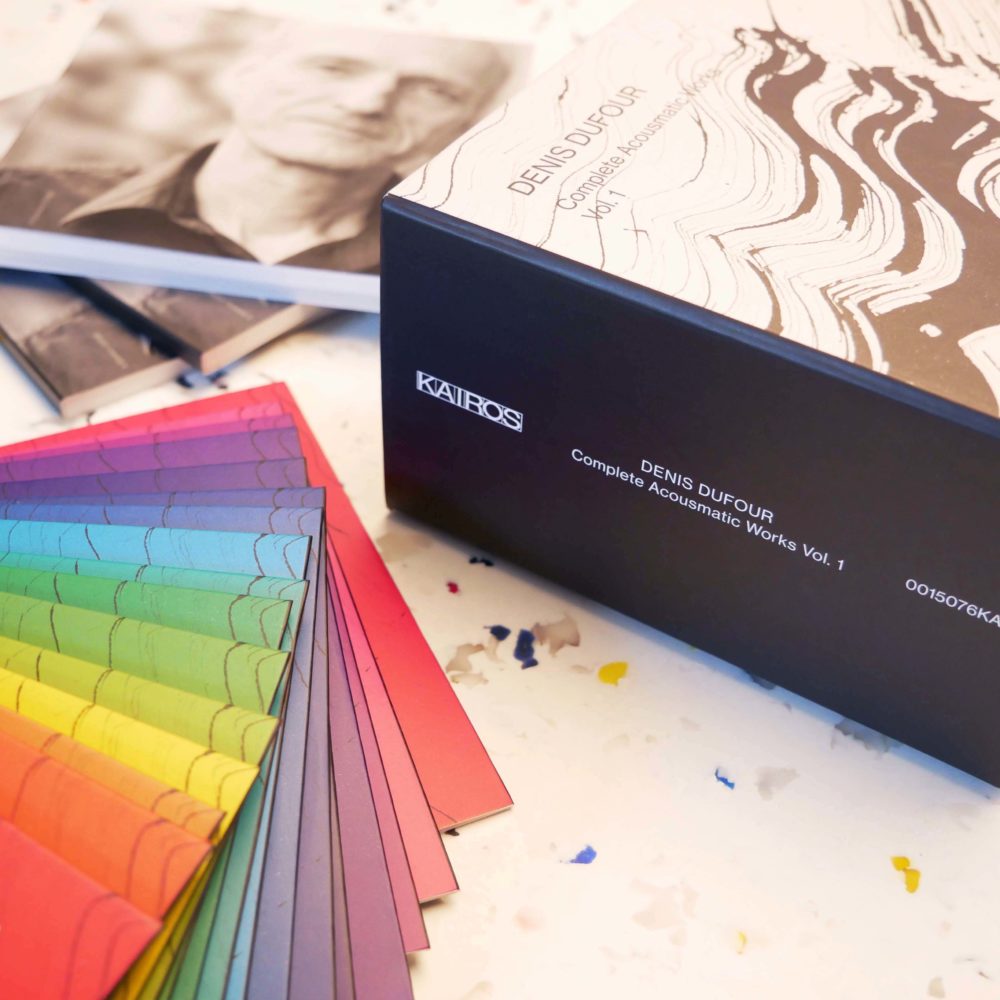)


